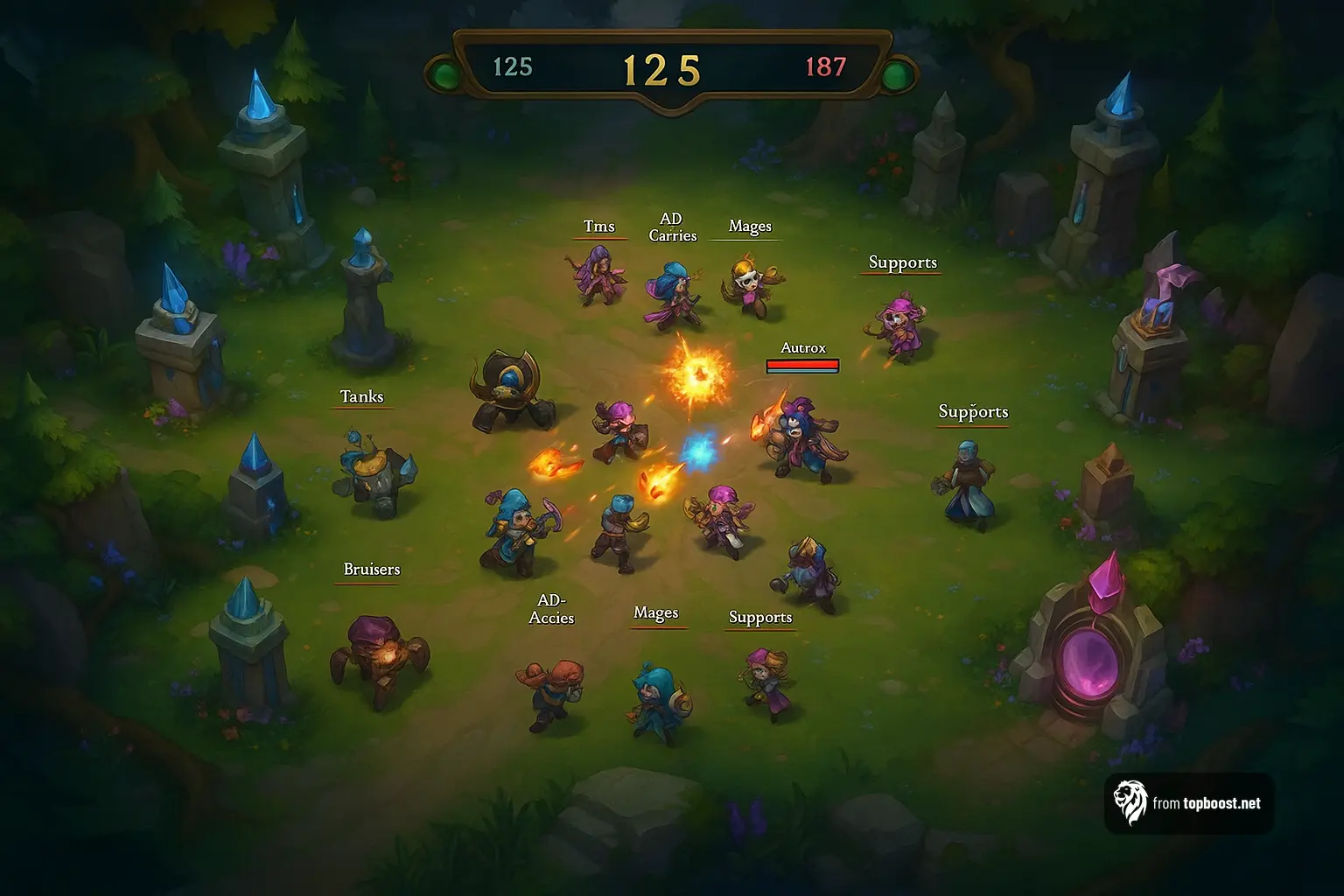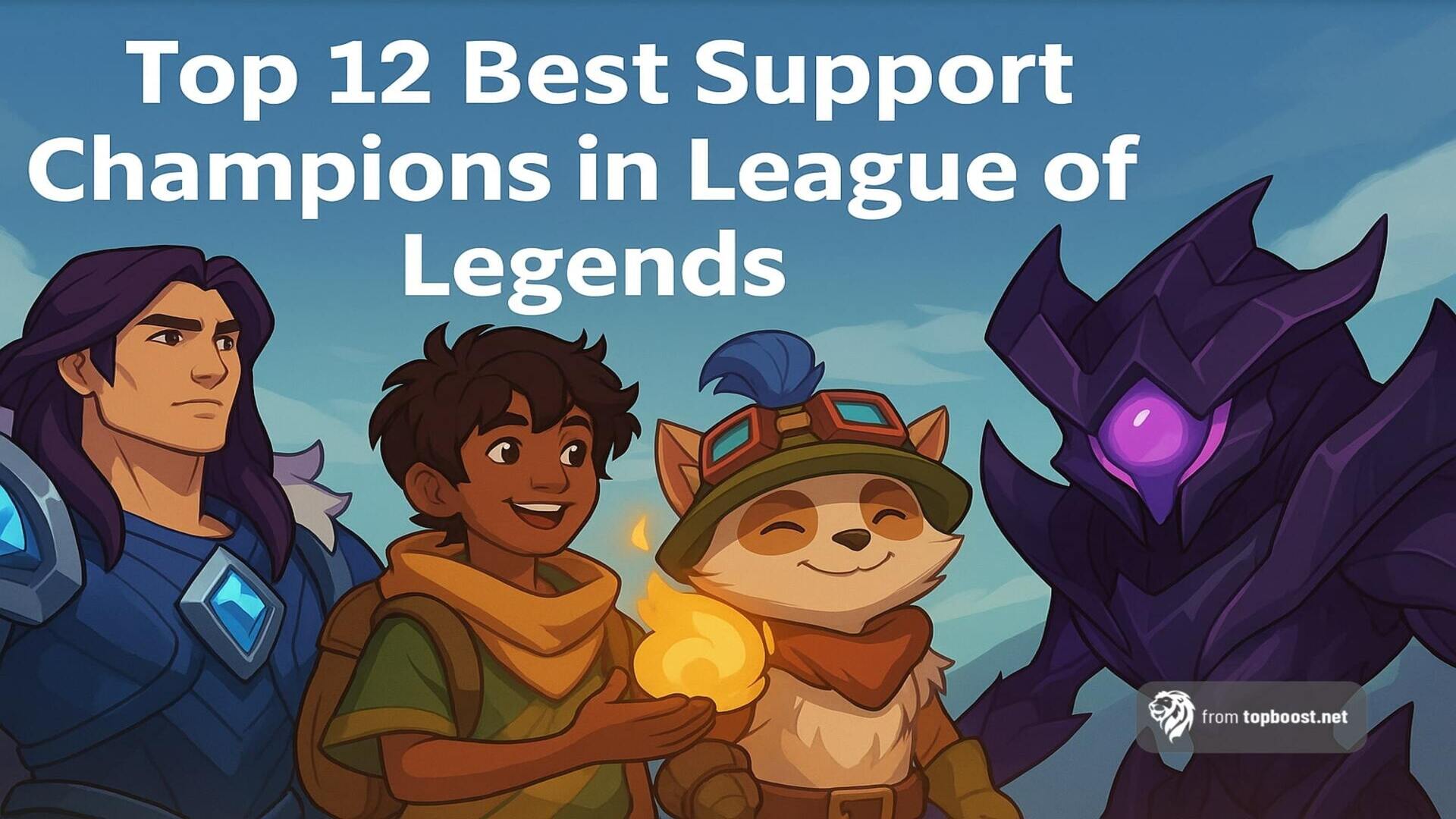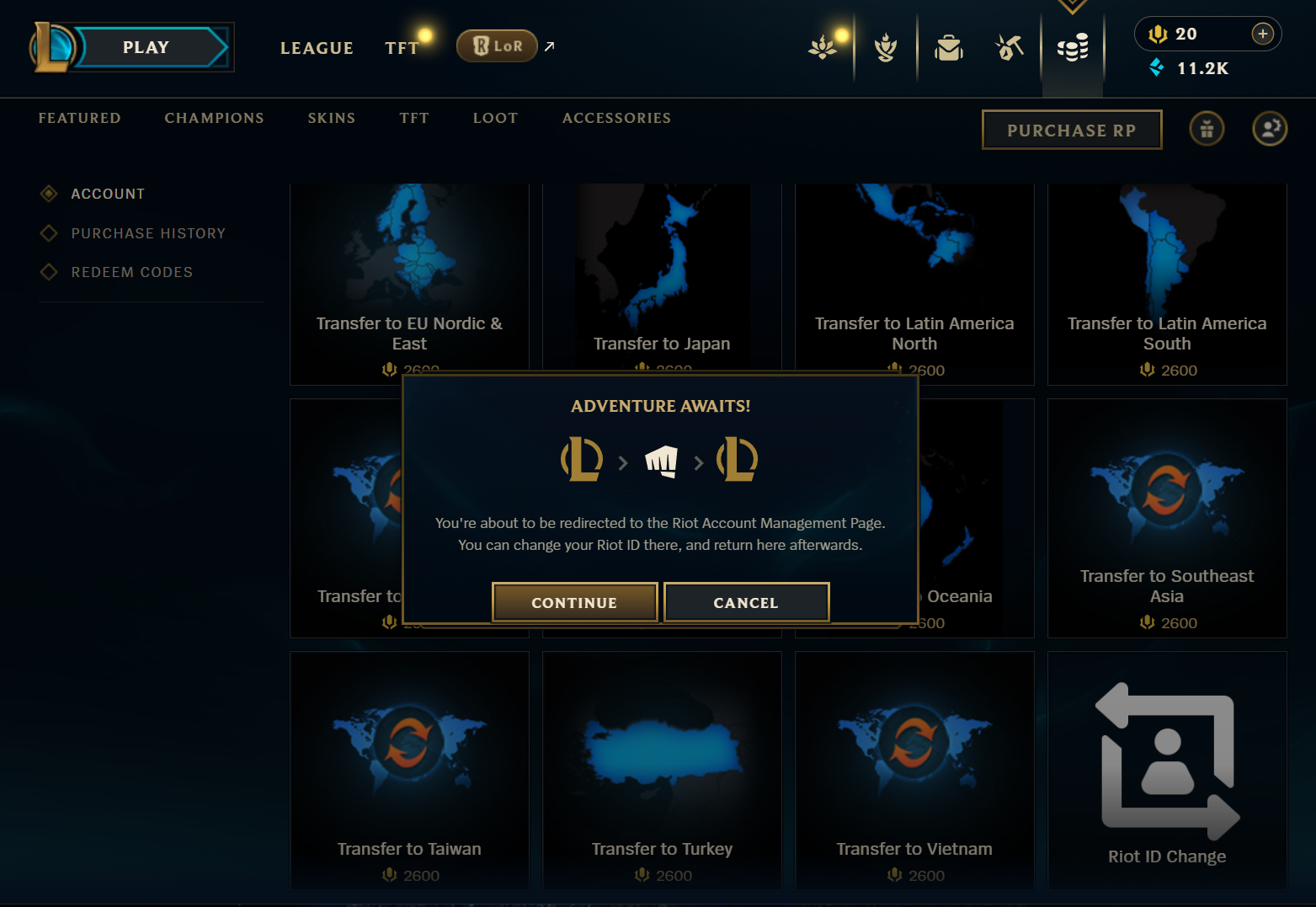In 2025, League of Legends, the most popular multiplayer online battle arena (MOBA) game, is set to undergo major changes. The key to success in the game lies in understanding the various positions on the map, including Top Lane, Jungle, Mid Lane, ADC (Bot Lane), and Support. Each role has unique responsibilities and plays a crucial part in achieving team victory. This article will provide a comprehensive overview of each role, their main objectives, and popular champion classes.
#1.Top Lane
Traditionally, tanks and bruisers that are skilled in one-on-one combat occupy the top lane. Controlling the upper portion of the map, keeping lane presence, and serving as a frontline during team battles are their essential duties.
Main Objective
Assist the team in late-game battles, keep your map presence, and establish dominance in a single lane. Maintaining lane pressure and managing split-pushing threats are frequently the responsibilities of top laners.
Popular Champion Classes:
- Bruisers: Darius, Camille, and Aatrox
- Tanks: Ornn, Sion, and Malphite
- Split Pushers: Fiora, Jax

#2.Jungle
Junglers must make their way through the jungle, clear camps, and capture important targets like Dragon and Baron Nashor. They are in charge of helping their teammates, ganking lanes to gain advantages, and providing map control. Strong decision-making and map awareness abilities are crucial.
Main Objective
Command the jungle by effectively removing camps, capturing important targets (such as Dragon and Baron), and using ganks to exert map pressure. The primary enablers of early-game advantages are junglers.
Popular Champion Classes:
- Assassins: Kha'Zix and Evelynn
- Bruisers: Vi, Jarvan IV
- Tank Junglers: Sejuani, Rammus

#3.Mid Lane
Located in the middle of the map, mid laners are frequently the main source of both roaming potential and burst damage. Controlling the center of the map, applying pressure to other lanes, and securing important targets are their goals. To succeed in both solo and team combat, mid-laners usually have high burst damage, crowd control, and mobility.
Main Objective
Act as a crucial lane for objectives, side lanes, and map control, as well as for strategic roams and burst damage. Mid-laners frequently control the game's tempo with their placement and damage output.
Popular Champion Classes:
- Mages: Syndra, Viktor
- Assassins: Zed, LeBlanc
- Battle Mages (Mid-Range Mages): Cassiopeia, Swain

#4.Attack Damage Carry (ADC)
Often referred to as the bot lane, the ADC is in charge of consistently doing damage in the late game. During the laning phase, they depend on their team for assistance and safety. ADCs may carry the squad in team battles with sustained damage output, have high scaling with money and experience, and have ranged auto-attacks. ADCs now have more build versatility with recent itemization improvements, which improves their adaptability in a variety of game situations.
Main Objective
Use your powerful item builds and coordination to win team battles as you scale into the late game as a reliable source of damage. Their top priorities are gold farming and team protection.
Popular Champion Classes:
- Marksmen: Jinx, Kai'Sa, and Aphelios
- Critical Strike Carries: Xayah and Tristana
- On-Hit ADCs: Varus, Kog'Maw

#5.Support
Support players give their team protection, utility, and crowd management. They support the ADC throughout the laning phase by assisting with farming and guaranteeing their survival. Supports are excellent at controlling vision, which gives their team control over the map and the ability to make wise decisions. Additionally, they are essential in starting team battles or peeling for their carries.
Main Objective
Assist the team with vision control, protection, and usefulness. Supports are essential for starting battles, guarding carries, and allowing the team to keep control of the battlefield.
Popular Champion Classes:
- Enchanters: Lulu, Soraka
- Engage Supports: Leona, Nautilus
- Disruptive Supports: Thresh, Pyke
Conclusion
The 2025 season has seen major modifications to the game's structure in addition to these conventional responsibilities. Thematic seasons, each with its distinct themes and storylines that impact gameplay, modes, skins, mini-games, and champions, have been introduced by Riot Games. This strategy gives players a new and engaging experience all year long.
For more information about Riot Games and upcoming changes, visit their official site: Riot Games Official Site.
For efficient cooperation and strategic decision-making, it is essential to comprehend the duties of each function and keep up with these developments. You can assist your team win on the Rift by understanding the advantages and disadvantages of your chosen role and adjusting to the changing game dynamics.
What’s next?
Understanding each role is just the beginning. If you're looking to climb faster and play smarter, TopBoost LoL Boost services can match you with high-ELO pros for duo boost or even coaching tailored to your main role.
Join our Discord community to ask questions, learn from others, and access exclusive giveaways.
 English
English











